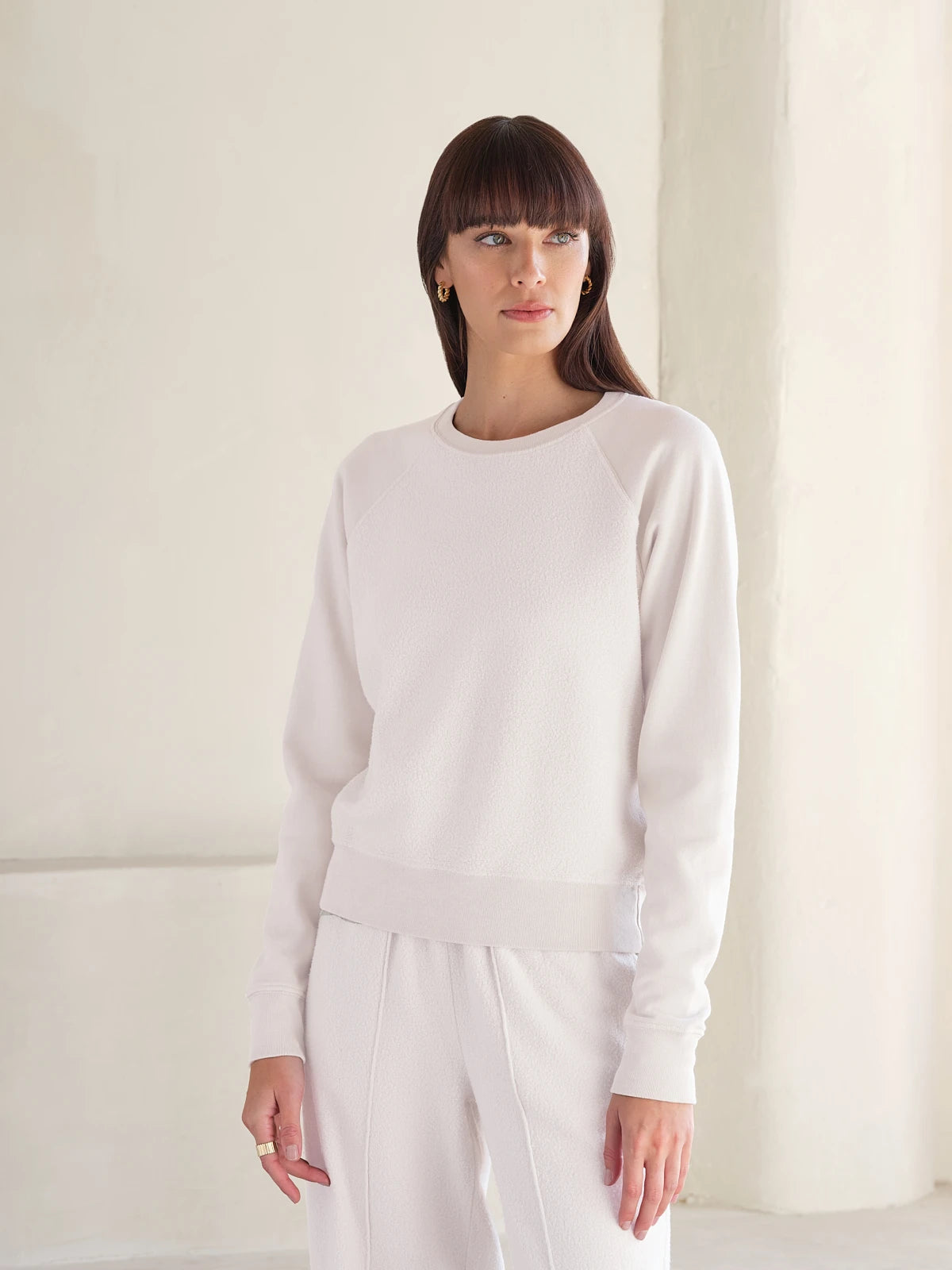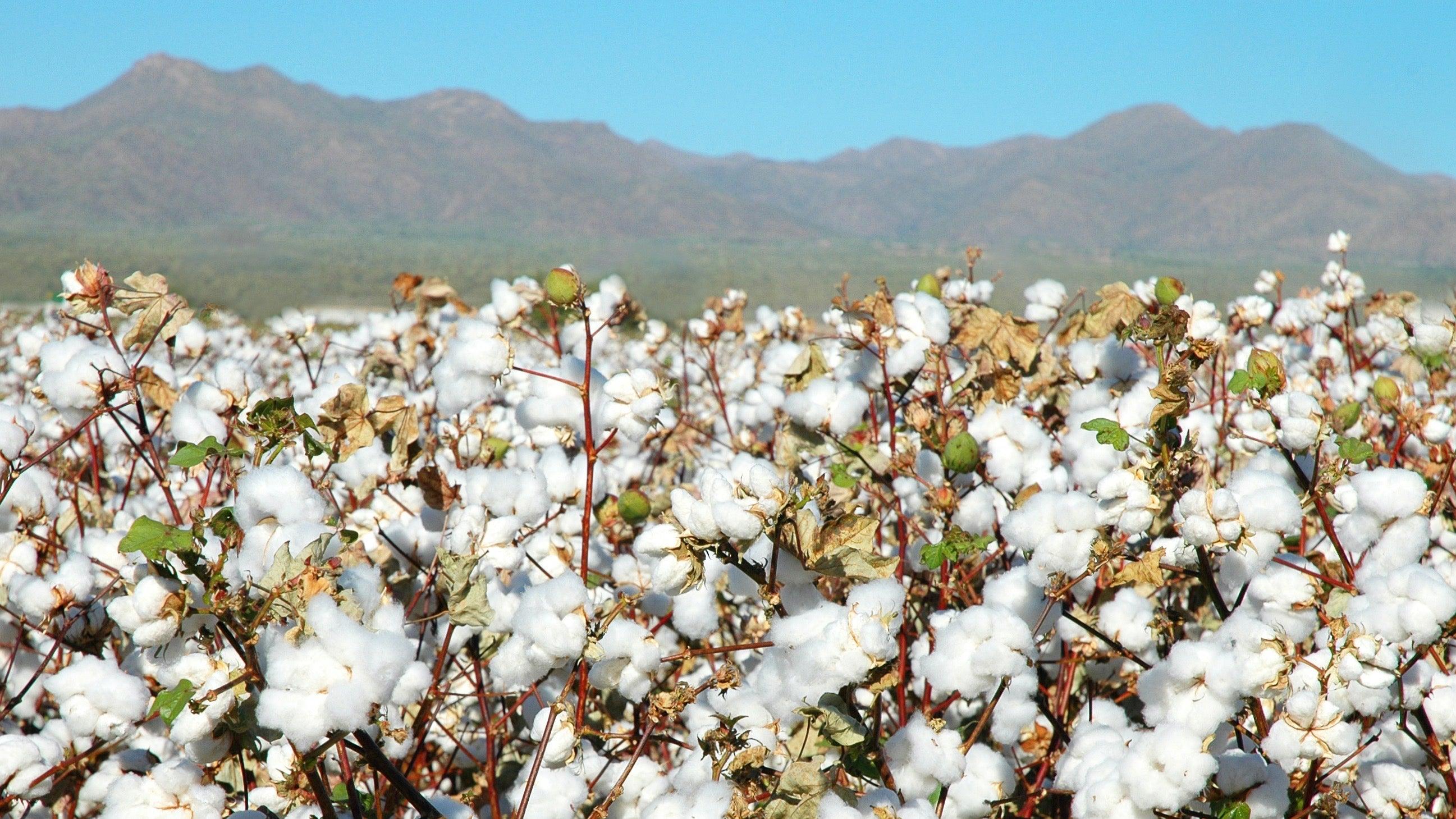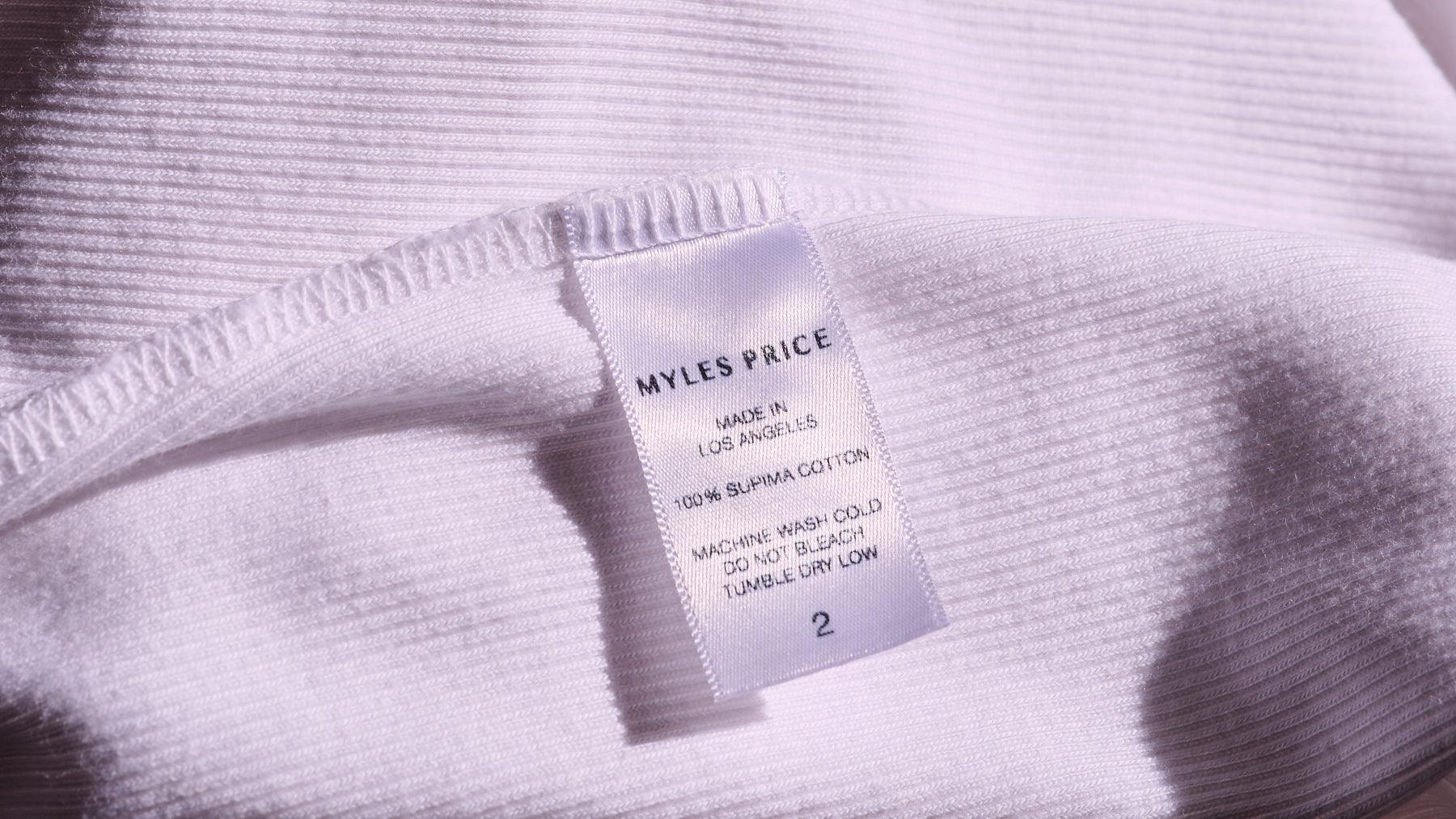Why Cotton?
Some of the things that are closest to us we tend notice the least. Think of cotton.
Let’s begin with cotton as you know and love it best: in the form of a much-loved and highly worn tee-shirt or sweatshirt. Why do we love that old garment, which oftentimes has stayed with us for years?
Follow that nice tee shirt you bought many moons ago through its life cycle. It began as something you wore out to dinner or a show. Later, as the shirt softened and draped itself more and more to your frame, it became a regular, everyday kind of tee. Eventually, you wore it so much, little tears and holes appeared, but the shirt was so comfortable you continued wearing it around the house. And then, lending you a little bit of a ragged glory, that beautifully frayed shirt once again made some public appearances: you and your cotton tee shirt had come full circle.
Your relationship with that shirt, like any love, somewhat defies explanation.
But let’s try. Why do you love that tee shirt so much? The answer is in the nature of cotton.
Cotton is a luxurious fiber that grows from the earth, and around the Earth. It grows wild in tropical and subtropical regions in the Americas, Africa, and India. The plant itself, which forms the genus Gossypium, is a largish shrub that flowers into white and pink blossoms. After the bloom comes the cotton boll, a humble little ball atop the stem of the plant that finally emerges as a fluffy little ball of fiber no more than 4 grams in weight and a few inches in width.
Out of such stuff is your favorite tee shirt made.

Better Cotton
Old World explorers first spied New World cotton on the shores of the Carribean.
Human beings have cultivated cotton for at least 7,000 years. Cotton cloth was produced in 5,000 B.C., before civilization existed, in the Nile River valley, in what is now eastern Sudan and was then called the Kingdom of Kush. The Muslim conquest of the Iberian peninsula in the 7th Century B.C. marked the arrival of cotton to Europe, where by the Middle Ages it became a widely used fabric.
But Europeans had never seen cotton of the kind Spanish explorers first encountered in the West Indies. They were so struck by the largeness of the plants that they called them “Cotton trees.”
This was indeed a different species of cotton. It was named Gossypium barbadense, and through these early explorers, this cotton made its way to the Old World and then back again to the Americas. Like all cotton, its early production was intertwined with the horrific history of slavery. It was cultivated by plantations on islands off the North American seaboard, in Georgia and South Carolina, where it became known as Sea Island Cotton. Its superior quality made Sea Island Cotton almost an industry unto itself, and thus after the Civil War, its production waned. At the turn of the 20th Century, blight nearly wiped what remained of this cotton off the face of the Earth, but seeds were saved and later planted by small farmers in the American Southwest in one of the most successful experiments in the history of the United States Department of Agriculture.
In homage to the superior nature of this cotton and the native American tribe who helped produce it, the growers called it Supima Cotton.
The best cotton
Supima represents only one half of one percent of all the cotton grown in the world, and is often called “the cashmere of cotton.” It is the softest and most durable cotton ever produced and holds color better than any other kind of cotton.
What makes this cotton superior? It’s all about the fiber. Explorers might have been struck by the size of those Carribean “cotton trees,” but from a fabric standpoint what mattered was the fiber produced by Gossypium barbadense.
It’s all about the bolls. Each cotton boll produces 250,000 individual fibers, or staples. There are three kinds of cotton in the world, and they are all categorized by the length of their fiber strands: the most common, Short Staple Cotton, contains fibers between a half inch and 1 1/8th inch in length; Long Staple cotton is as long as about 1 1/2 inches; and Extra Long Staple cotton fiber grows as long as 2 inches.
Supima is the world’s best Extra Long Staple cotton, which is to say the very best cotton ever grown. It's length, strength, and fineness translates into unparalleled softness, durability, and lasting color. The folks at Supima explained how this works at a recent symposium:
“Length is fundamental in the softness of the fiber as it requires less torque and twist in the manufacturing process, allowing for softer fabric. The structure of Supima fiber is like a straw, whereas conventional cotton fiber collapses on itself. So with this straw-like structure, you can absorb dyes at a better rate. This was originally tire cording, and used in plane fuselages, because the fiber is extremely fine while also strong. So that strength to weight ratio, which is much higher than conventional cotton, allows you to create finer yarns, finer fabrics, that are also durable and hold up to the rigors of textile manufacturing.”
Now let’s go back to the beginning, and once again think about a simple tee shirt. Any cotton shirt grows softer with use; that’s the nature of this organic fabric. But a garment made from Extra Long Staple cotton? It will last longer, remain richer in color, and grow unfathomably softer the more you wear it. The truth is uncommon cotton creates uncommonly luxurious garments.
Your relationship with this rich history of refinement begins the moment you put on your first Myles Price LuxCasual tee shirt or sweatshirt. Feeling the weight of the cotton drape, the softness of the fibers on your skin, it’s the start of a journey that will only deepen in comfort with time.
We choose cotton because the things that are closest to us matter the most. A carefully crafted garment made of the finest Extra Long Staple cotton ever grown elevates every moment of your day.







